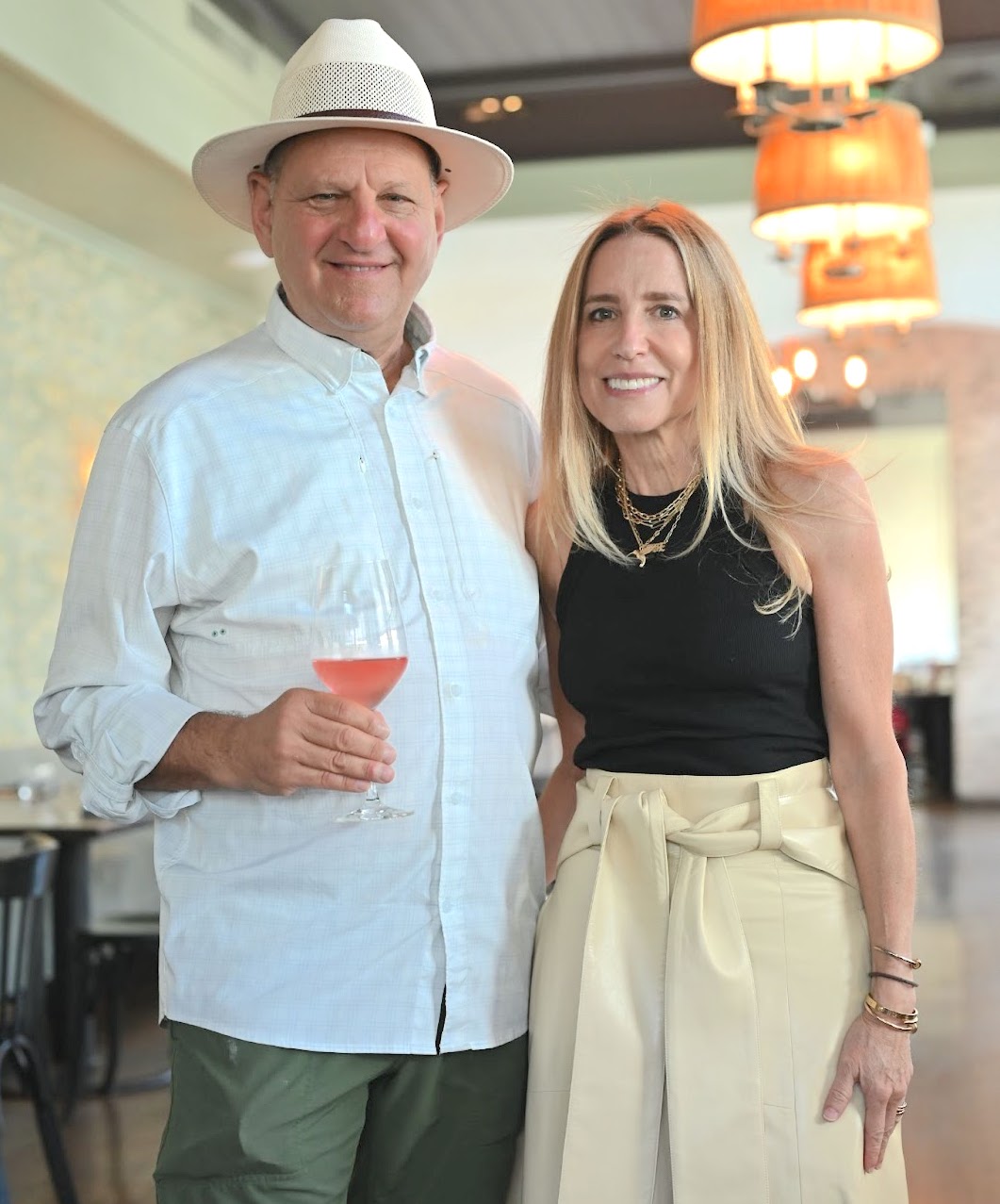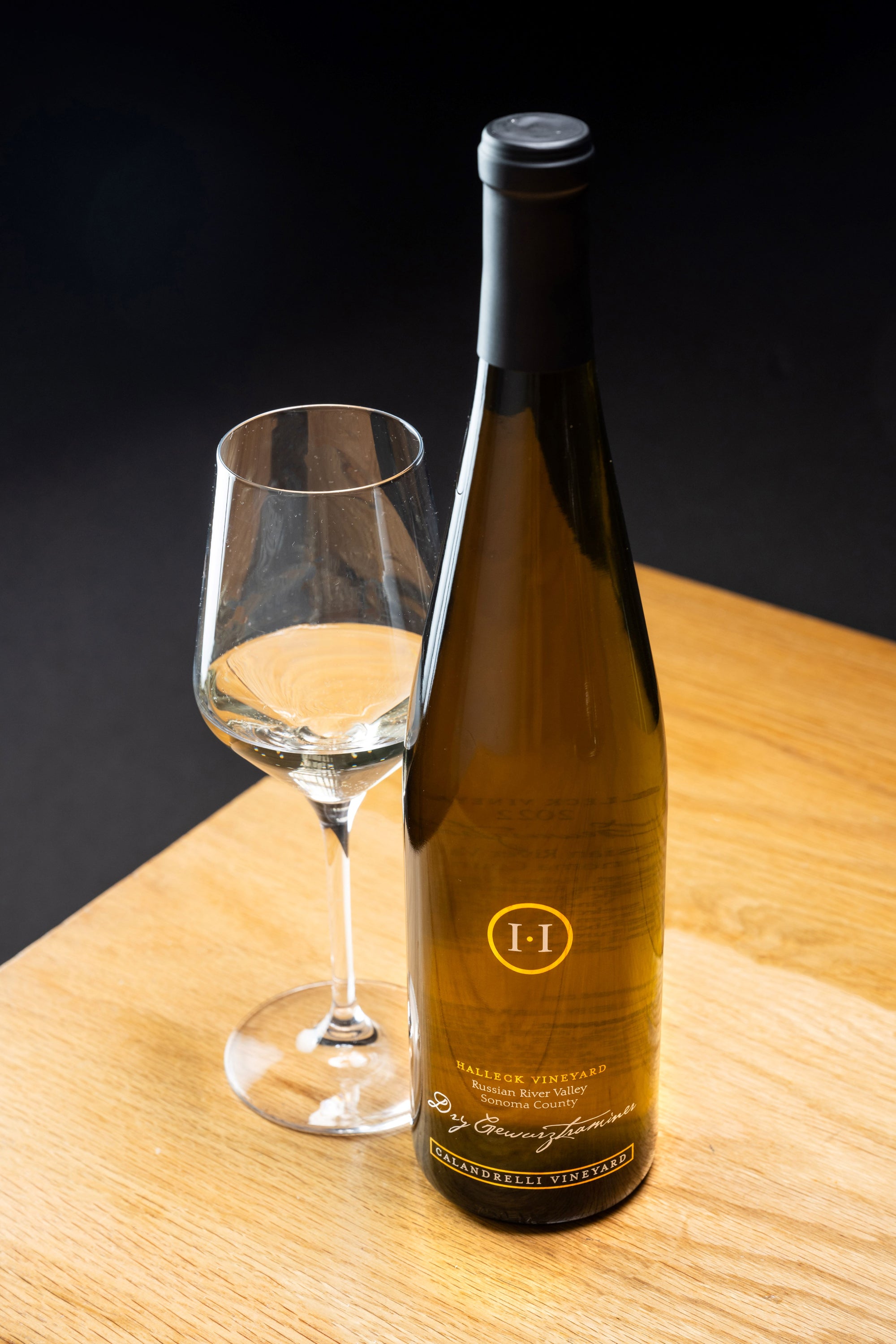Chill with Breathtaking Views while Tasting Pinot Noir 95407
Chill with Breathtaking Views while Tasting Pinot Noir 95407
Blog Article
Vineyard Views and Wine Flights in Sebastopol
Understanding the nuanced vocabulary related to winery wine tasting is essential for each novices and seasoned connoisseurs alike. Every term brings to life the experience of tasting wine and can enhance one’s appreciation of the various intricacies concerned. Wine tasting is extra than just drinking; it's an art that includes varied senses and feelings.
To begin with, the term "nose" refers back to the aromas one detects when smelling the wine. This is an important step as a outcome of the bouquet sets the stage for the tasting experience. Notes of fruit, spice, earth, and wood may mingle, offering a glimpse of what the palate may affirm. Understanding "nosing" the wine can dramatically elevate one's sensory journey.
One Other key side is the term "physique." The physique of the wine describes its weight and fullness on the palate. A full-bodied wine has a sturdy presence and tends to linger longer after swallowing. Conversely, light-bodied wines might feel extra delicate and refreshing. Recognizing the physique helps tasters assess the wine's construction and steadiness.
Everything You Need to Know About Vineyard Tours in Sonoma
The idea of "tannins" is vital in pink wine tasting. Tannins are compounds derived from grape skins, seeds, and stems, contributing to a wine's texture and getting older potential. High tannin wines usually end in a dry mouthfeel, whereas lower tannin ranges yield a smoother experience. This distinction is especially important when pairing wines with food, as tannins can either complement or clash with sure dishes.
In addition to tannins, "acidity" performs a major function in the wine tasting experience. Acidity gives wine its crispness and liveliness - Explore the Secret Treasures of Sebastopol Wineries. Wines with higher acidity are usually refreshing and energizing, making them excellent companions for a selection of foods. Recognizing acidity can drastically enhance one’s food-pairing capabilities and total tasting enjoyment.
When delving into the flavor profile of a wine, one could encounter the term "finish." The finish refers again to the aftertaste that lingers in the mouth after swallowing. A lengthy end is usually related to high-quality wines, as it signifies complexity and depth. A quick end may counsel a less complicated wine. Understanding tips on how to evaluate the finish can reveal a lot a couple of wine's character.
Exploring the "vintage" can be integral to wine tasting terminology. The vintage denotes the 12 months in which the grapes have been harvested. Completely Different years can yield vastly different results because of variations in local weather conditions. For instance, a scorching summer season can produce more concentrated flavors, whereas a cooler 12 months would possibly yield more subtle, nuanced wines. Understanding vintage allows for a deeper appreciation of a wine’s origin and potential.
Unwind with Scenic Views while Sipping Fine Wines
The term "terroir" encompasses the geographical and environmental components that contribute to a wine's unique character. Factors corresponding to soil type, local weather, elevation, and topography all play a task within the flavor and quality of the wine. This connection to position helps one understand why wines from completely different regions can style so distinctively totally different, even when created from the same grape selection (Discover Boutique Wineries in California).

When partaking with wines, the phrase "leg" refers to the droplets that type on the inside of the glass after swirling. These droplets can point out the wine's alcohol content material and viscosity. While observing the legs might not instantly relate to the wine’s style, it provides to the overall experience and intrigue of wine tasting less transparent.
Immersive Wine Experiences: What to Expect at Sonoma Wineries 95468
A more specific term that will come up during tastings is "oak." The affect of oak barrels on wine can impart flavors similar to vanilla, toast, or spice. The diploma of oak aging can range broadly among wines, affecting both aroma and taste. Understanding oak treatment provides insights into the winemaker’s selections and the ensuing complexity of the wine.
In wine tasting, one may also hear the term "palate." The palate refers to the overall style experience within the mouth. This encompasses sweetness, bitterness, acidity, and body. A well-balanced palate is crucial for a harmonious tasting experience, and recognizing any imbalances helps assess the standard of the wine.
The experience of wine tasting is greatly enriched by understanding the terminology that accompanies it. Every term serves a function, enhancing the flexibility to convey thoughts and emotions in regards to the wine one's experiencing. This vocabulary bridges communication between tasters, sommeliers, and winemakers alike.

To fully enjoy wine tasting, it is important to interact all senses. The sight of the wine, its color, and readability can provide perception into its age and high quality. Swirling the wine releases aromas that heighten the olfactory experience, whereas the actual tasting allows for a complete evaluation of the wine's profile.
Explore the best Wineries in Sonoma for Exceptional Wine Tasting
In conclusion, understanding the detailed clarification of winery wine tasting terminology greatly enhances the experience of tasting. Each term invites the taster to interact more deeply with the wine, encouraging connections to the senses, the winemakers, and the lands the place the grapes are grown. This nuanced vocabulary creates a richer, extra fulfilling wine tasting experience.
- Aroma refers to the scents launched by the wine, which can point out its grape selection and influence the tasting experience.
- Tannins are natural compounds found in grape skins, seeds, and stems, contributing to the wine's structure and growing older potential.
- A end, or aftertaste, is the lingering flavor sensation that is still on the palate after swallowing, usually a key indicator of high quality.
- Physique describes the weight and fullness of wine in the mouth, generally categorized as light, medium, or full-bodied.
- Terroir denotes the unique environmental characteristics of a vineyard that affect the taste and quality of the wine, including soil type and local weather.
- Acidity is a important part that contributes to a wine's freshness and steadiness, impacting its getting older functionality and total flavor profile.
- Vintage signifies the 12 months grapes have been harvested and performs a big position in determining the wine's characteristics, reflecting specific climatic conditions.
- Decanting entails pouring wine from its bottle into one other vessel, permitting it to aerate and enhancing its flavors and aromas.
- A corked wine may be tainted by a faulty cork, resulting in musty or off-putting flavors that detract from the wine's intended profile.
- The term “legs” refers back to the droplets that cling to the within of a glass after swirling, usually related to the wine's alcohol content and viscosity.undefinedWhat is the meaning of "nose" in wine tasting?undefinedThe "nostril" refers again to the aroma profile of the wine, which is detected via the sense of odor. It Is a vital facet of wine tasting, as aromas can reveal lots about the grape selection, winemaking course of, and growing older.
How should I properly style wine?undefinedTo taste wine look at here effectively, observe these steps: observe the colour, swirl the wine to aerate it, take a mild sniff to capture the aromas, sip and let it coat your palate, and at last, note the end. This approach helps in appreciating the wine’s complexity.
What are "tannins" and the way do they have an effect on wine?undefinedTannins are natural compounds present in grape skins, seeds, and stems that contribute to a wine's construction and astringency. They can create a drying sensation in the mouth, they usually additionally play a job within the wine's aging potential.
Your Ultimate Guide to The Best of Sonoma's Vineyards and Wineries 95472

What does the term "balance" imply in wine tasting?undefinedSteadiness refers to the concord between the totally different components of a wine, corresponding to acidity, sweetness, alcohol, tannin, and flavor intensity. A well-balanced wine could have every of these components supporting one another somewhat than overpowering the others.
What is the significance of "terroir" in wine tasting?undefinedTerroir encompasses the environmental factors—such as soil, local weather, and geography—that influence the traits of the wine produced in a specific area. Understanding terroir helps tasters respect the distinctive qualities that completely different regions impart to their wines.
What does "vintage" imply and why is it important?undefined"Vintage" indicates the 12 months when the grapes were harvested. It is essential as a result of it affects the wine’s high quality and characteristics, as weather situations through the rising season can significantly affect flavor profiles and aromatics.
What are "legs" and what do they signify?undefined"Legs" refer to the droplets that form and run down the within of a glass after swirling wine. While they will point out alcohol content and viscosity, they don't determine quality—this is more about personal notion of richness.
Sommelier's Guide to Discovering the Wines of Sonoma 95472
What does "full-bodied" imply versus "light-bodied"?undefined"Full-bodied" wines original site are wealthy, dense, and sometimes have higher alcohol content material and sophisticated flavor profiles, while "light-bodied" wines are extra delicate and refreshing with a lower alcohol content material. This distinction helps tasters perceive the expected weight and mouthfeel of the wine.
How can I establish fruit flavors in wine?undefinedTo determine fruit flavors, consider the aroma and style profiles. Swirl the wine, inhale deeply to capture the bouquet, and concentrate on particular characteristics. Familiarity with typical fruit profiles of assorted grape varieties can enhance this identification course of.
What is "finish" in wine tasting?undefinedThe "end" refers again to the aftertaste that lingers in the mouth after swallowing. A lengthy, complicated end is usually a sign of high quality in a wine, as it displays the depth of flavor and overall craftsmanship within the winemaking process. Report this page